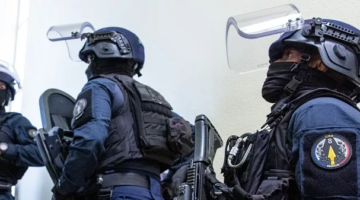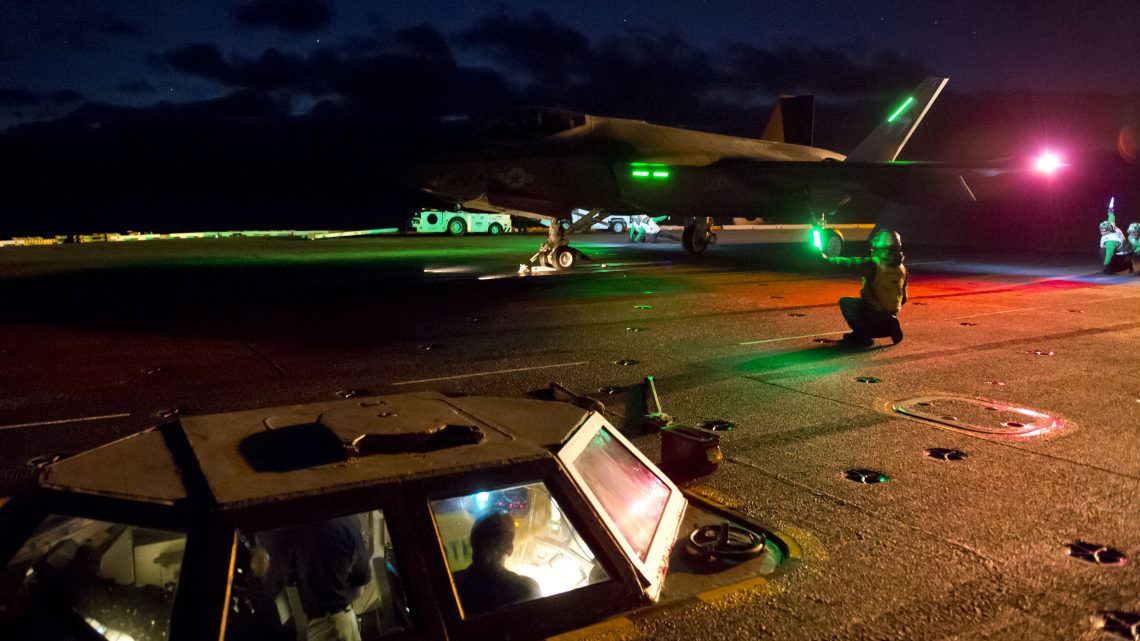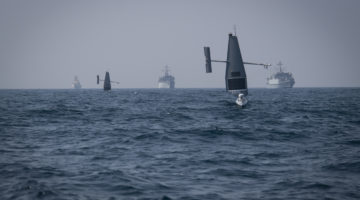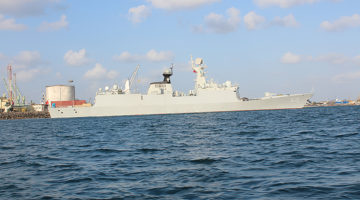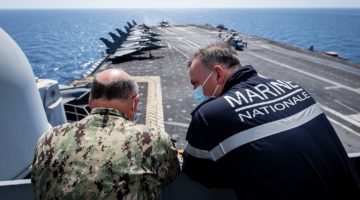The Navy and Lockheed Martin are planning to demonstrate a beyond-the-horizon anti-ship missile detection and defense technology using an F-35 Joint Strike Fighter.
And according to a story by Kris Osborn published on January 22, 2015 on the Defense Tech website:
“The Navy and Lockheed Martin are planning to demonstrate a beyond-the-horizon anti-ship missile detection and defense technology using an F-35 Joint Strike Fighter.
The system, referred to as Naval Integrated Fire Control-Counter Air, or NIFC-CA, uses Aegis radar, an airborne sensor and SM-6 missile to find, track and destroy approaching threats such as cruise missiles at ranges well beyond the typical radar horizon, Navy officials said.
Alongside Aegis radar and an SM-6 missile, NIFC-CA uses an E-2D Hawkeye aircraft as an airborne sensor to help relay threat information to the ship from beyond its normal radar range.
Lockheed is working closely with Naval Sea Systems Command, or NAVSEA, to plan a NIFC-CA demonstration at White Sands Missile Range, N.M., sometime this year or next year, a Lockheed executive said.
“We are looking at alternative airborne sensors,” the executive said.
The idea with a demonstration, sources indicate, would be to use the F-35 as an airborne relay node or sensor in place of the E-2D Hawkeye. This could allow NIFC-CA to operate against an increasingly complex set of targets such as stealthy targets, the Lockheed executive explained.
Sensors on the F-35 include the Active Electronically Scanned Array, or AESA, radar as well as a system called Distributed Aperture System, or DAS, which combines input from as many as six different electro-optical cameras on the aircraft. The aircraft also draws upon a technology called Electro-optical Targeting System, or EOTS, which helps identify and pinpoint targets. EOTS, which does both air-to-air and air-to-ground targeting, is able to combine forward-looking infrared and infrared search and track technology.”
Photo credit © US Navy




